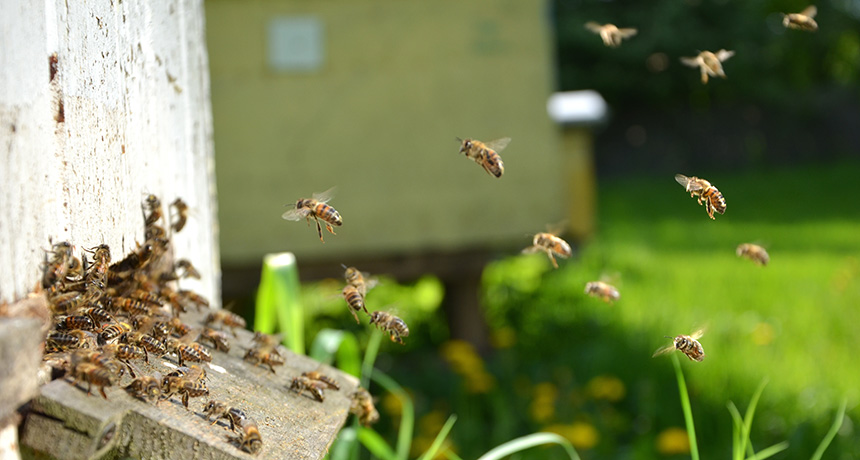What do plants and animals do during an eclipse?
A citizen science project aims to gather data to put science behind anecdotal evidence

BIRDS AND THE BEES Eclipses have been known to make animals including insects behave as if it were nightfall – birds fall silent and bees return to their hives.
darios44/iStockphoto









